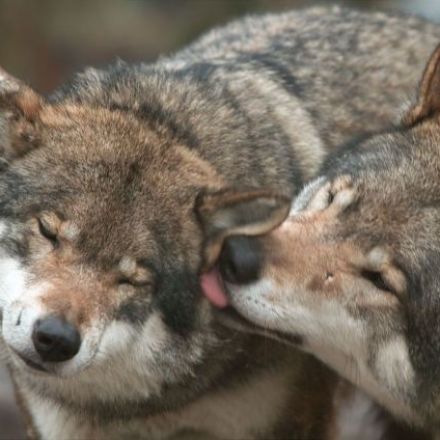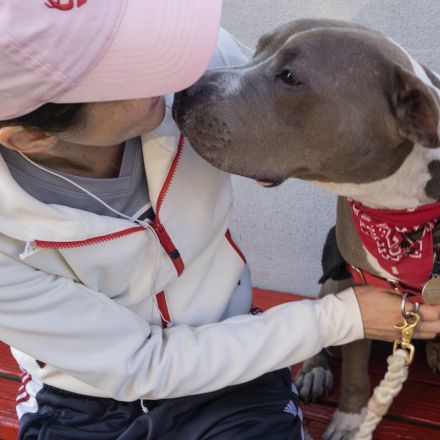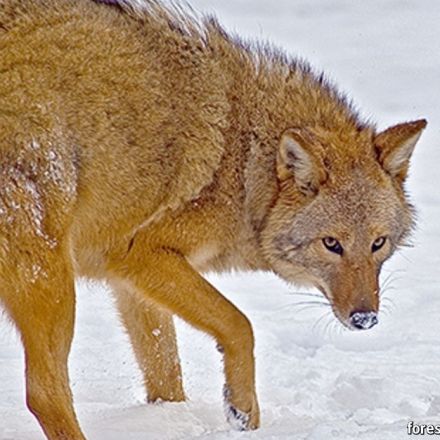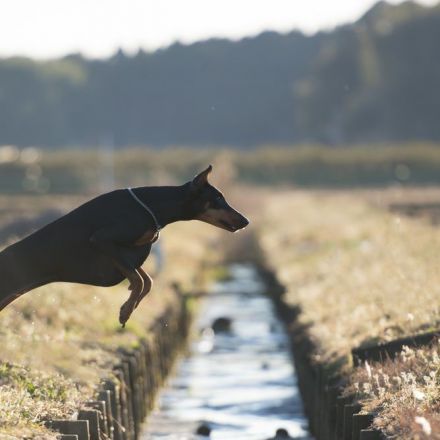

10 years ago
6
Why Are Dogs So Insanely Happy to See Us When We Get Home?
Unlike a certain companion animal that will go unnamed, dogs lose their minds when reunited with their owners. But it’s not immediately obvious why our canine companions should grant us such an over-the-top greeting—especially considering the power imbalance that exists between the two species. We spoke to the experts to find out why. By George Dvorsky.
Continue Reading
Additional Contributions:



























Join the Discussion
Hey, /u/Appaloosa, that related link is amazing. No doubt it deserves more attention that it'll get all the way down here. Post that!
Thank you , and had you not posted your link, I would not have found this one. I learned something, so thank you!
[This comment was removed]
I'm so happy that all this research with dogs if finally starting to get the public recognition it deserves. The best part is that this only really scratches the surface of what we've learned so far, and that we're still learning more as well. Seriously, dogs are an amazingly unique species that have developed a lot of characteristics through their domestication that you don't necessarily observe in other domesticated animals (such as the cat). A large amount of theories postulating why this is and so many possible factors that play a role. You'd think we'd have more answers about a species that has been around us for so long, but it's actually the opposite!
Also, for you neuroscientist-loving folks, dogs are one of the many species where we've learned that demonstrate asymmetrical behavior. This is so cool. Really. For those who don't know what that is, it essentially means that dogs, like humans and some other species, can process information asymmetrically. For example, smells: new smells or negative affect smells are predominantly processed with one brain hemisphere, whereas positive affects (such as a good owner!) will be processed with the opposing hemisphere.
I'm done geeking out for now. If you guys want to know more, I'm happy to dive into my research from last year and find things!